
Have you ever had a light bulb moment? How about many of them at the same time?
The kind of light bulb moment I am talking about is when something suddenly makes sense. That is what I felt when we started living more like the past. For me it was the thought why did we ever stop living this way? Long ago we reached the tipping point but people kept going because that is what people do.
A few months ago there was a car accident in front of our house. The police had to block the road. Cars could see ahead of them that they needed to take another street or turn around but most of them didn't. They looked confused, like what am I going to do? My husband was standing talking to an officer and the officer said people are like ants. They have this pattern, they go a certain route. He said people get up each day, some go to work the same route same pattern. Some go to breakfast, some have certain days and routes to go to the grocery store. You put a road block in their path they don't know what to do.
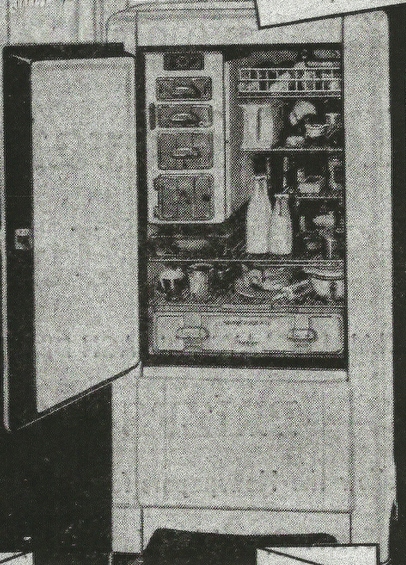
So I thought about how people just keep following along, not thinking maybe this was not such a good idea to buy this new processed food or change styles, or purchase the new appliances with all the special features because everyone else is doing this.
People seem so overwhelmed and cranky in today's world. I never remember it being like this in the past.

You may have noticed or know nothing of it but there is a homesteading movement going on. There is a life without plastic movement going on. There is a zero waste movement going on. A cloth diaper movement, a less chemicals in our home and so on.
I feel that people are figuring it out now that "wait a minute, I don't think I want to live this way".
Our generations before us had skills and we are in a very dangerous situation with lack of skills that we seriously need to know.

Cooking beyond what we see on social media for one. I recently shared how I bake a whole chicken, a very simple thing. But In the past that was not the end of the chicken. The carcass of the chicken was boiled to make soup or broth. I made a soup with it and added some greens and leftovers from the day before.
We need cooking skills, the kind of how to use every bit of the food and not waste it because food waste drains the family budget.

We don't need to cook fancy. simple chicken, rice, beans. In this photo above we chopped preserved lemons over the rice to give it a lemony flavor. The lemons were preserved months ago from our lemon harvest. If we did not have lemon trees I would have used store bought lemons during lemon season.
Have you ever thought about what season you are buying your food? Are you buying lemons in the spring or early summer? Lemons are harvested in the fall.
What about tomatoes? Tomatoes grown outdoors in a garden or field are grown during spring and summer. Are you buying tomatoes in the winter? They were not grown local in the garden they were shipped from many miles away. Often from other countries.
We try to eat seasonal as much as we can and then from our preserved food.
So what would happen if we have a crisis? A serious war as we have had many times in the past. Food shipments would most likely be disrupted. In the past people preserved their food during the season it was growing. It is important to ponder this.
We need the skills and the equipment to preserve food. We should preserve our food, we should keep canned, dehydrated and fermented food in our home because most anything can happen to disrupt our power grid. If we depend on food in our freezers only we could be in serious trouble.
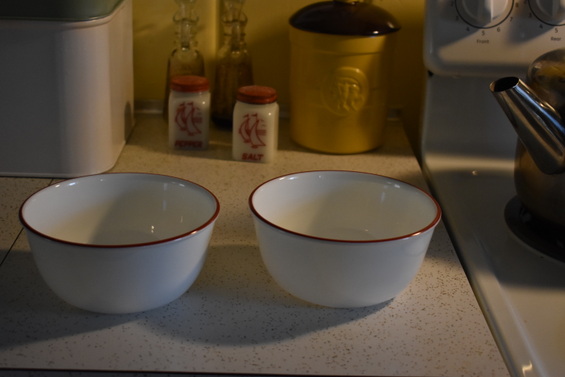
At my age I have mastered the skill of cooking. It might not be great all the time but it will nourish us.
Learning to cook from a pantry is a skill in itself because we must learn to do this. How to cook from our stored food. Our grains and beans, do you know how to make bread, corn bread, tortillas? Do we know how long to soak beans and how long to cook them. Do we have some home canned dried beans that we have already cooked for a quick meal?
It is best to have stored food supply so you can weather the storms so to speak. This is something that is priority for our family.
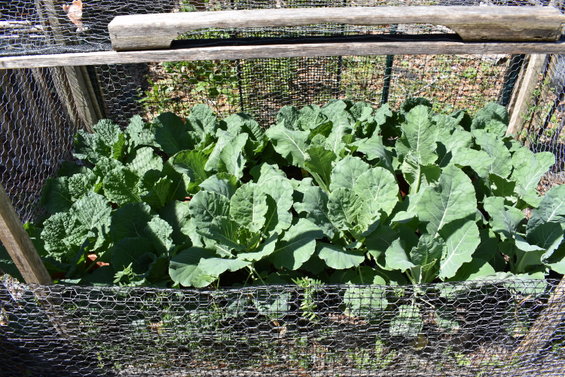
Part of homesteading in the country or the city is gardening. We try to have some type of food growing in our garden all year around. Sometimes that means carrying pots inside to a warm place and outside in the sun during winter or in a greenhouse.
I was emailing with a friend and saying that what we should call our garden is a soup garden because we grow small amounts of vegetables and herbs due to lack of space but we have enough to make soup. A few leaves of this and that some root plants such as carrots, potatoes, sweet potatoes. I make teas from ginger or mint. It all depends what time of year it is.
We harvest it fresh from the garden or cook it from our preserved, canned, dehydrated or frozen stored foods.
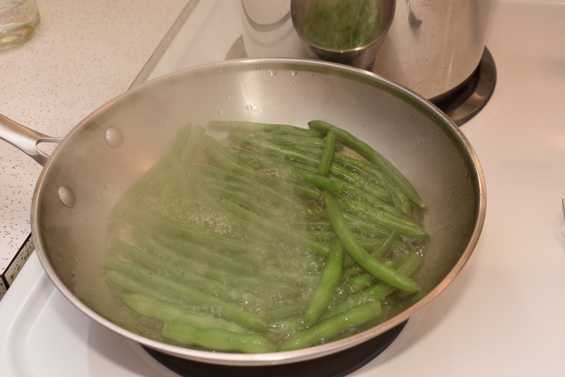
One way we like to cook green beans is to simmer them in a small amount of water in a skillet until almost done. I might add a little more water if it is not almost done or let the water cook out keeping the beans moving in the pan so they do not scorch. When they are almost done I add some olive oil, also do not cook on high heat, just a medium heat or the beans will scorch. Anyway, once the olive oil is added, just enough to coat the beans saute them and when they just start to caramelize slightly then toss in some chopped garlic and cook just until the garlic is tender. Garlic will become bitter if you cook it too long or let it brown. Garlic should be added last to this dish.
We consider this our fancy green beans.

I recently showed some knitted dish and bath cloths. Instead of buying new dishcloths and bath cloths now I am knitting them for the kitchen and bath.
I am slowly replacing tablecloths, placemats, dinner napkins that have been make at home. Some things are being made with salvaged bed sheets, scraps of fabric.
Did you know that we can knit and crochet using salvaged yarn from old sweaters and blankets by carefully unraveling them. Our generations before us knew this.
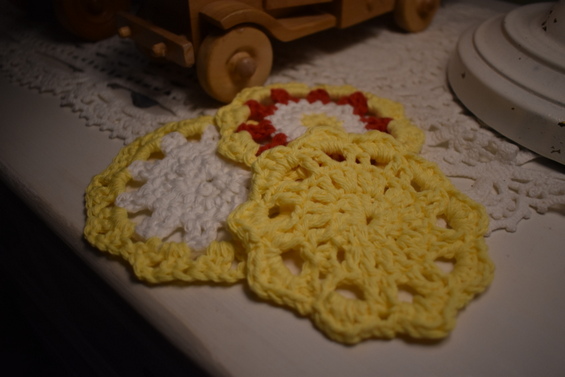
I recently started replacing our cardboard coasters with crochet coasters. I tried several off the internet but the ones I found the center was too thick and humpy so I designed one the eases that hump in the middle.
You know by now I don't like writing recipes or knitting or crochet directions, the recipes I fear I might leave something out and the Crochet and knitting I can read patterns but when I make my own I have problems writing them. I normally take a paper and pencil and make dots and lines to design my own but you would never be able to figure out what I draw out because I have a hard time figuring out what I did. So if you want to you can try at your own risk making these coasters. :)
I chained, 3 then double crochet 9 in the first starting chain counting the first chain 3 making 10 double chains. round one
Then I chained 3, counting as the first double crochet, double crochet into the same stitch. I count the top of my stitches at this point to make sure I end up with two double crochets into the top of each stitch of the row with 10 double crochets.
So after I chained 3 and double crochet I went around and did two double crochets in each stitch and joining making 20 double crochet. This was round 2
Then I chained 3 and double crochet into the next stitch, chained two, (the chain three counts as the first double crochet) Then double crochet in the next stitch, double crochet in the next stitch and chain two. So this row is one double crochet in each stitch but it goes like this, double crochet, double crochet, chain two, double crochet, double crochet, chain two, double crochet, double crochet chain two, all the way around ending with two chains and join. this was round 3
Then i chained two and laid those chains over the top of the next two stitches and single crochet into the next two chain space. In that same space I half crochet, double crochet, half crochet, single crochet. then chain two and repeat. the repeat after the chain two is, single crochet, half crochet, double crochet, half crochet, single crochet, chain two. This is done in each space all the way around ending with a join with a slip stitch in the chain two and tie off. this was Round 4
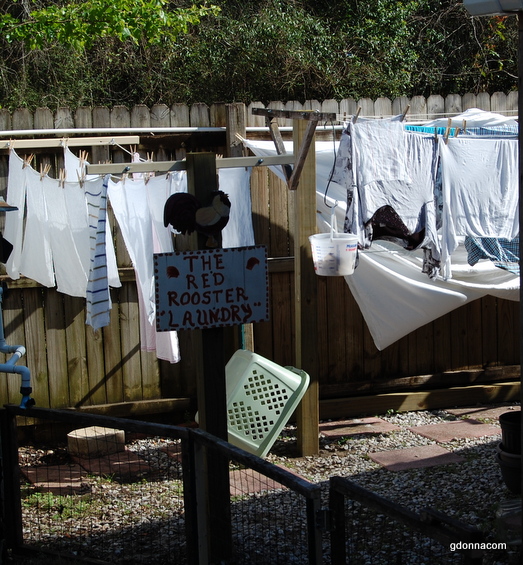
Some would think why would we consider hanging laundry a skill. But there are things we learn from hanging out our laundry. We learn shortcuts the way we hang our laundry for easier folding when we take it down.
We learn to hang out the laundry very early when you live in a humid area so it will be dry at the end of the day.
We learn to turn our darks inside out and hang them in a more shaded area so they do not fade.
We learn to hang our dress shirts on a hanger and do not put the directly in the sun or they will fade.
We learn that each season as the sun is changing our location for where we hang the laundry will affect the way our laundry dries.
We learn that the day we wash our sheets will fill the lines so this needs to be done on a different day if we don't have a lot of line space.
We learn that a windy day is wonderful because the laundry will be softer and dry quickly.
We learn that it is important to hang our laundry to save on our power bill.
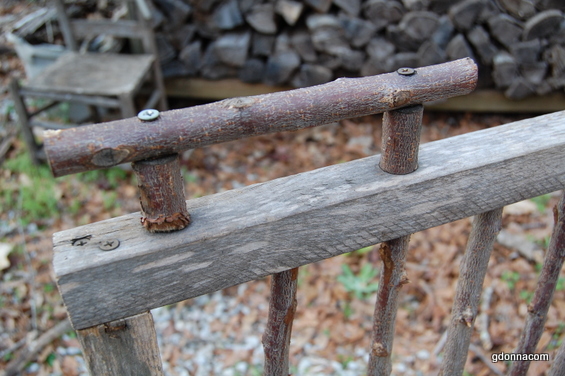
Charles and I not only learn skills we use our skill that we learn and it makes life interesting. We never need entertainment at our home, there is always something to do. We can all do this if we just start doing it.
Do you know we do not even have a couch in our home anymore? No we do not. You cannot say we are couch potatoes.
Some of you may wonder where did that 1940s green couch go? Well the Shabby Cabby will have some changes this year.
Grandma Donna


